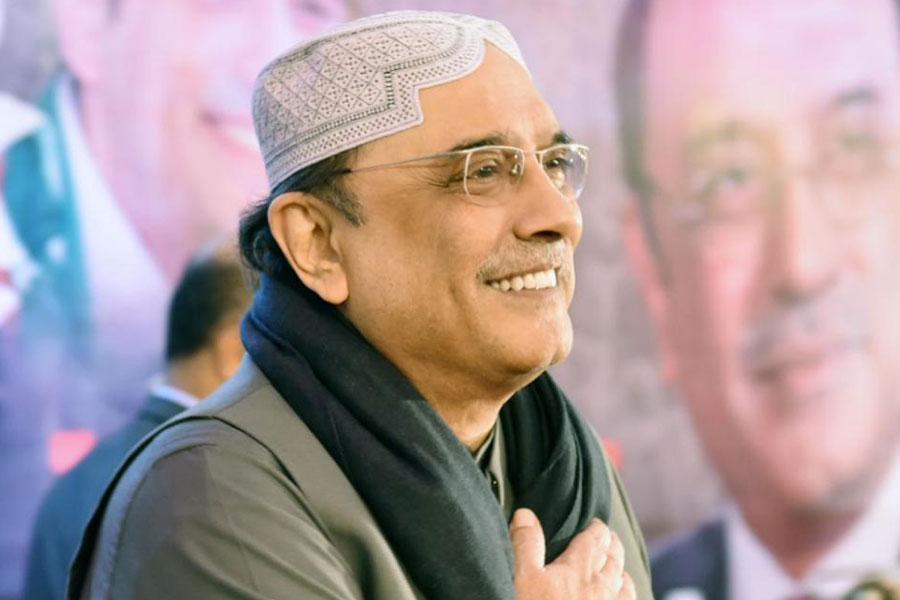An expert team from the state government and the Centre carried out a joint inspection of Teesta and some other rivers which flow into India from Bhutan over the last few days to draw up plans to reduce the possibility of flooding during monsoon.
The joint inspection, held around a year after Teesta created havoc in Sikkim and downstream Bengal after a glacial lake outburst flood (GLOF) in the Himalayan state in October 2023 is important primarily for two reasons.
First, this is the first time in recent memory that the state and Centre have buried their differences to tackle the issue of flooding, a regular feature in Jalpaiguri and Alipurduar districts in north Bengal.
Second, Bengal chief minister Mamata Banerjee flagged the issue of floods in the state, primarily in Alipurduar and Jalpaiguri, because of rivers flowing in from Bhutan, and suggested a joint river commission.
A source in the state irrigation department said that the joint inspection is the fallout of the comments that Mamata had made at the meeting of Niti Aayog this July, which Prime Minister Narendra Modi attended.
“Regular flooding has become a major problem.... It is heartening to note that the Centre seems to be taking note of the views of the state government,” said the source.
At the meeting, Mamata underscored the need to form a joint river commission with Bhutan by citing the arrangement that India and Bangladesh have had since 1972.
The GLOF, which occurred due to the outburst of the South Lhonak Lake in north Sikkim on October 3 last year, caused extensive damages in Sikkim and Bengal’s Kalimpong. The incident claimed over 100 lives in Sikkim while 14 people died in Kalimpong. It also caused the Teesta to flood, which caused more damage.
The Bengal government alleged that the Centre did not give funds for relief to flood-hit families of Kalimpong.
The Teesta, originating in Sikkim, carried tonnes of debris downstream, which increased the height of the riverbed in Jalpaiguri and Cooch Behar (Teesta leaves Bengal and enters Bangladesh via Mekhliganj of Cooch Behar) by three to seven metres, the state government had said.
“We pointed out that because of this, the water holding capacity of the river has reduced and there is a risk of flash flood if dredging is not done before next monsoon. The state alone can’t do it as hundreds of crores are needed for it,” said a state irrigation department official in the joint inspection team.
Multiple sources in Calcutta and Delhi said the joint inspection was a prelude to a meeting of the joint technical committees of India and Bhutan on some 45 common rivers.
“The meeting will be held later this month to discuss the rivers flowing into north Bengal from Bhutan and the problems they cause downstream, especially in Jalpaiguri and Alipurduar,” said a source, adding that its venue would be decided soon.
In Alipurduar and Jalpaiguri, rivers which descend from Bhutan, come with boulders, sand and pebbles downstream which get deposited on riverbeds. During the rainy season, due to rainfall in Bhutan, these rivers swell and spill over the banks.
A joint team source said: “We found that the Teesta needs dredging along a 32km stretch between Sevoke and Milanpally. Dredging needs to be done in at least 15 other rivers which flow down from Bhutan.”











